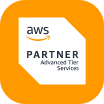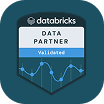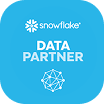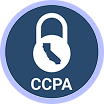Using an Article Scraper for Better Retail Market Research
Find out why retailers are turning to article scraping to uncover deep market insights.


Retail market research has come a long way from slow, manual data collection. It’s now a fast-paced, technology-driven process, increasingly reliant on tools like article scraper APIs. In the past, businesses relied on surveys, focus groups, and historical sales data to understand market trends. But in an era where consumer behavior shifts rapidly and competition is fierce, relying on outdated insights is no longer enough.
By automating the extraction of valuable content from news sites, blogs, and industry reports, businesses can tap into real-time data that fuels smarter decision-making. Web scraping for market research enables companies to track competitors, monitor industry shifts, and stay ahead of trends, without the time-consuming and error-prone effort of manual research.
In this article, we’ll explore how article scraping works, why it’s essential for retail market research, and how businesses can implement it effectively to gain a competitive edge.
Key Takeaways
- Article scraping is a powerful tool for gathering industry insights, monitoring competitors, and tracking consumer sentiment.
- Article scraping enables faster reactions to the market, reducing risks and making more informed decisions.
- Choosing the right tool is crucial: different options cater to specific business needs and technical expertise.
- Nimble’s Web API simplifies large-scale data collection, overcoming scraping challenges while delivering structured, real-time insights.
What is Article Scraping?
Article scraping is the process of automatically extracting content from online articles, blogs, and news sites. Businesses and researchers use this technique to gather valuable insights on market trends, consumer behavior, and competitor strategies, without manually sifting through countless web pages.
It’s important to note that article scraping is not the same as web crawling. Web crawling focuses on discovering and indexing web pages, but scraping extracts specific data from those pages for analysis. To learn more about the differences between the two, check out our guide on web crawling vs. web scraping.
By leveraging article scraping, companies can track industry shifts in real-time, analyze sentiment across media sources, and stay ahead of emerging opportunities. Whether monitoring breaking news in your sector or compiling reports on key players, article scraping transforms scattered online data into structured, actionable intelligence.
Common Article Scraping Sources:
- News outlets: AP, Reuters, The Washington Post, BBC, etc.
- Industry blogs & publications: Niche sites covering specific sectors like TechCrunch (tech), AdAge (marketing), or Medical News Today (healthcare).
- Opinion pieces & thinkpieces: Personal blogs, Medium, Substack newsletters, and LinkedIn articles.
- Corporate press releases: Announcements from PR Newswire, Business Wire, and corporate sites.
- Government & research publications: Policy updates, whitepapers, and reports.
The Benefits of Article Scraping for Market Research
Data is everywhere, but making sense of it in time to act is the real challenge. Article scraping gives businesses an effective way to get the right information at the right time.
By automating data collection from news sites, blogs, and industry reports, companies can track competitors, identify trends, and make faster, more informed decisions. They can also drastically cut the costs of data acquisition while improving accuracy and reducing manual effort.
The brands that shape the market don’t wait for trends to go mainstream. They use web scraping market research to spot them first. Instead of playing catch-up, they position themselves as industry leaders, setting the tone rather than reacting to it.
Here’s how article scraping makes this possible:
1. Real-Time Data Collection
Markets evolve fast, and outdated information leads to missed opportunities. Article scraping pulls in the latest industry news and competitor updates automatically, so businesses can focus on analysis instead of manual research. An investment firm tracking financial news in real time can react instantly to market shifts, making more informed trades.
2. Comprehensive Competitor Analysis
Keeping an eye on competitors is key to staying ahead. Scraping articles from news sites, press releases, and industry blogs helps businesses track product launches, pricing shifts, and marketing moves without manual effort. For example, a consumer electronics brand can scrape tech news articles to stay updated on competitor product announcements and upcoming innovations. This information can help them refine their own launch strategy in a highly competitive and fast-moving market.
3. Trend Identification
Spotting trends early gives companies a competitive edge. By scraping industry sites, blogs, and news platforms, businesses can catch shifts in consumer demand before they go mainstream. Consider how cosmetic brands analyze fashion magazines and beauty blogs to predict next season’s trends. Article scraping allows them to do this far more efficiently, and at scale, giving them time to develop new products before the trend peaks.
The Impact on Business Growth
Market research is only as good as the data behind it. Data professionals spend up to 80% of their time just cleaning and organizing information, leaving little room for extracting actual insights. Article scraping eliminates much of this manual effort, allowing researchers and analysts to spend more time on high-value tasks like strategy and innovation.
By automating data collection, businesses can scale their market research efforts efficiently, leading to better decision-making and growth. The ability to spot trends early and act before competitors turns research into a strategic advantage, transforming companies from followers into industry leaders.
Four Benefits of Article Scraping for Market Insights
Article scraping transforms how businesses track industry shifts, monitor competitors, and understand consumer sentiment, enabling smarter, faster decision-making.
1. Faster Access to Market Trends
Article scraping automates trend detection by continuously pulling fresh data from news sites, blogs, and industry reports. Whether it’s shifting consumer preferences or emerging technologies, businesses can react faster and stay ahead of the curve.
2. Competitive Intelligence
Understanding your competitors' moves is key to staying ahead. With article scraping, companies can track competitor pricing, product launches, and marketing strategies in real-time. This data helps refine positioning, optimize pricing strategies, and identify gaps in the market.
3. Consumer Sentiment Analysis
From product reviews to social commentary, public perception can make or break a brand. Scraping articles, blogs, and opinion pieces enables sentiment analysis to gauge consumer attitudes, detect reputation risks, and adapt messaging to meet customer expectations.
4. Risk Mitigation
Regulatory changes, economic shifts, and industry disruptions can impact business operations overnight. Automated article scraping helps identify early warning signs, allowing businesses to anticipate risks, adjust strategies, and maintain compliance with evolving regulations.
Don’t spend hours manually tracking trends. Leverage Nimble’s article scraper and get real-time insights effortlessly.
Start Your Free Trial: Nimble’s Article Scraping API
Insert visual
How to Implement Article Scraping and Gather Market Insights in 4 Steps
Setting up article scraping for market research doesn’t necessarily require a complex technical infrastructure. But it is important to use the right tools and take an ethical approach.
Here is a step-by-step guide to getting started.
Step 1: Define Your Research Goals
Before scraping any data, clarify what you want to achieve. That could be:
- Tracking competitor pricing.
- Identifying emerging trends.
- Monitoring brand mentions.
- All of the above, and more.
Defining clear objectives ensures you collect relevant and actionable information.
Step 2: Choose the Right Tools
There are several tools available for article scraping, each suited for different levels of expertise and use cases. Here’s a breakdown of some of the most popular options:
Nimble: Scalable, real-time market research
- Best for: Comprehensive market research and real-time data collection.
- Worst for: Businesses looking for a free solution.
- Offers high accuracy, real-time updates, and unmatched scalability.
- Requires a subscription.
ParseHub: No-code, beginner-friendly scraping
- Best for: No-code users who need structured data extraction.
- Worst for: Those needing high automation or handling complex websites.
- Includes a visual interface, no programming required.
- Has limited automation, and may struggle with complex sites.
Scrapy: Developer-friendly, fully customizable
- Best for: Developers and technical users who want full control.
- Worst for: Beginners or users without coding experience.
- Highly customizable, open-source.
- Requires Python knowledge.
Octoparse: Cloud-based, easy automation
- Best for: Beginners who want an easy-to-use, cloud-based solution.
- Worst for: Users needing unlimited scraping on a free plan
- No coding required, user-friendly UI.
- Free plan has limitations.
BeautifulSoup: Lightweight, small-scale projects
- Best for: Small-scale, custom scraping projects that require minimal setup.
- Worst for: Real-time, large-scale, or highly automated scraping.
- Lightweight, integrates well with Python scripts.
- Not ideal for real-time scraping.

Step 3: Set Up Your Scraper
Once you've selected your tool, follow these steps to build your scraper:
- Identify the Target Websites: Use Google Dorking (e.g., site:example.com "pricing") to find relevant pages. Then Inspect the website’s robots.txt file (example.com/robots.txt) to check for scraping permissions.
- Structure the Data Extraction: Use XPath or CSS selectors to target article titles, dates, and content. If using a Python-based scraper, structure your request headers to mimic a real browser.
- Handle Anti-Bot Measures: Websites often have anti-scraping defenses like CAPTCHAs, IP bans, and JavaScript rendering. To handle them in a compliant way, you can rotate user agents to simulate different browsers. You can also implement proxy rotation.
Step 4: Automate and Scale
Manual scraping is inefficient. Once you’ve set up and fine-tuned your scraper, automate it for continuous insights. You can schedule your scraper by using cron jobs (Linux) or Task Scheduler (Windows) for predefined runs, setting up serverless functions to trigger scrapes based on external events like RSS or API updates, and leveraging task schedulers like Celery or Airflow to efficiently manage multiple scraping jobs.
If you need a fully managed, scalable solution, Nimble’s Web API provides a plug-and-play approach, removing the need for proxies, anti-bot handling, and infrastructure setup. For businesses that need automated, large-scale data collection, Nimble is the standout choice, offering structured data in real time, with high-success-rate scraping from any website.
Elevate your article scraping strategy with Nimble’s Article Scraper.
Best Practices and Ethical Considerations
Whichever method or tool you choose for article scraping, it’s essential to follow best practices and ethical guidelines. Scraping should always be conducted responsibly, respecting website terms of service and ensuring compliance with data privacy regulations.
- Respect Robots.txt and Terms of Service: Many websites specify scraping permissions in their robots.txt file or terms of service. Ignoring these guidelines can lead to legal and technical repercussions.
- Avoid Excessive Requests: Sending too many requests in a short period can overload servers and result in IP bans. Implementing rate limits and using polite crawling techniques helps maintain a responsible footprint.
- Ensure Data Privacy and Compliance: If scraping involves personal or sensitive data, businesses must comply with privacy laws like GDPR and CCPA. Always anonymize and handle data responsibly.
- Use Scraping for Legitimate Purposes: Ethical scraping is about extracting publicly available information for research, market insights, and competitive analysis—not for violating intellectual property or engaging in unauthorized data use.
Future-Proof Your Market Research with Nimble’s Article Scraper
The best decisions are built on the best data. But in a world where information is constantly evolving, relying on outdated reports or manual research actually puts you at a disadvantage. Stale or incomplete data can lead to missed opportunities and flawed strategies, which is why it’s so essential for retailers to prioritize real-time, accurate insights, solving the challenge of retail data freshness. Article scraping is key to achieving this, because it gives businesses instant access to the latest news, industry trends, and competitor insights, without adding any legwork to their daily operations.
With Nimble’s Web API, you can extract structured data from news sites, blogs, and industry reports effortlessly. Thanks to its built-in proxies, Nimble overcomes roadblocks like paywalls, anti-scraping measures, and inconsistent formatting, all while staying firmly within each website’s terms of service. Whether you’re monitoring emerging competitors, tracking sentiment shifts, or identifying market opportunities, Nimble automates research at scale, delivering the intelligence you need to make sharper, faster decisions.
Why Leading Businesses Choose Nimble for Article Scraping
Data is only as valuable as its accuracy, timeliness, and accessibility. Nimble’s Web API ensures that businesses can extract the most relevant insights without technical hurdles, allowing them to act on real-time information with confidence.
Here’s why companies and market research analysts rely on Nimble for their market research needs:
- Automates Competitive Intelligence: Keep an eye on competitors’ moves, pricing changes, and market positioning without manually combing through websites.
- Provides Real-Time Market Insights: Access structured, up-to-date information as soon as new articles are published.
- Enhances Decision-Making: Use high-quality data to fine-tune strategies, mitigate risks, and stay ahead of industry shifts.
By integrating article scraping into your workflow, you create a proactive, data-driven approach to decision-making. Whether you're a startup looking for a competitive edge or an enterprise scaling its research operations, Nimble ensures that you’re always working with the freshest, most relevant insights.
Unlike traditional scraping solutions that struggle with restrictions, paywalls, and inconsistent data formats, Nimble’s Web API is built to handle these challenges seamlessly, delivering clean, structured data with unmatched reliability.
Unlock Market Insights with Automated Article Scraping
What if you could spot trends before they go mainstream? What if competitor moves didn’t catch you off guard? With automated article scraping, you don’t have to wait for reports or sift through endless news feeds. Instead, you get real-time data, exactly when you need it.
With a powerful article scraper API, retail businesses can finally stop reacting and start anticipating. They can track industry shifts, monitor competitors, and uncover market opportunities with complete accuracy and security, and without manual effort.
FAQ
Answers to frequently asked questions

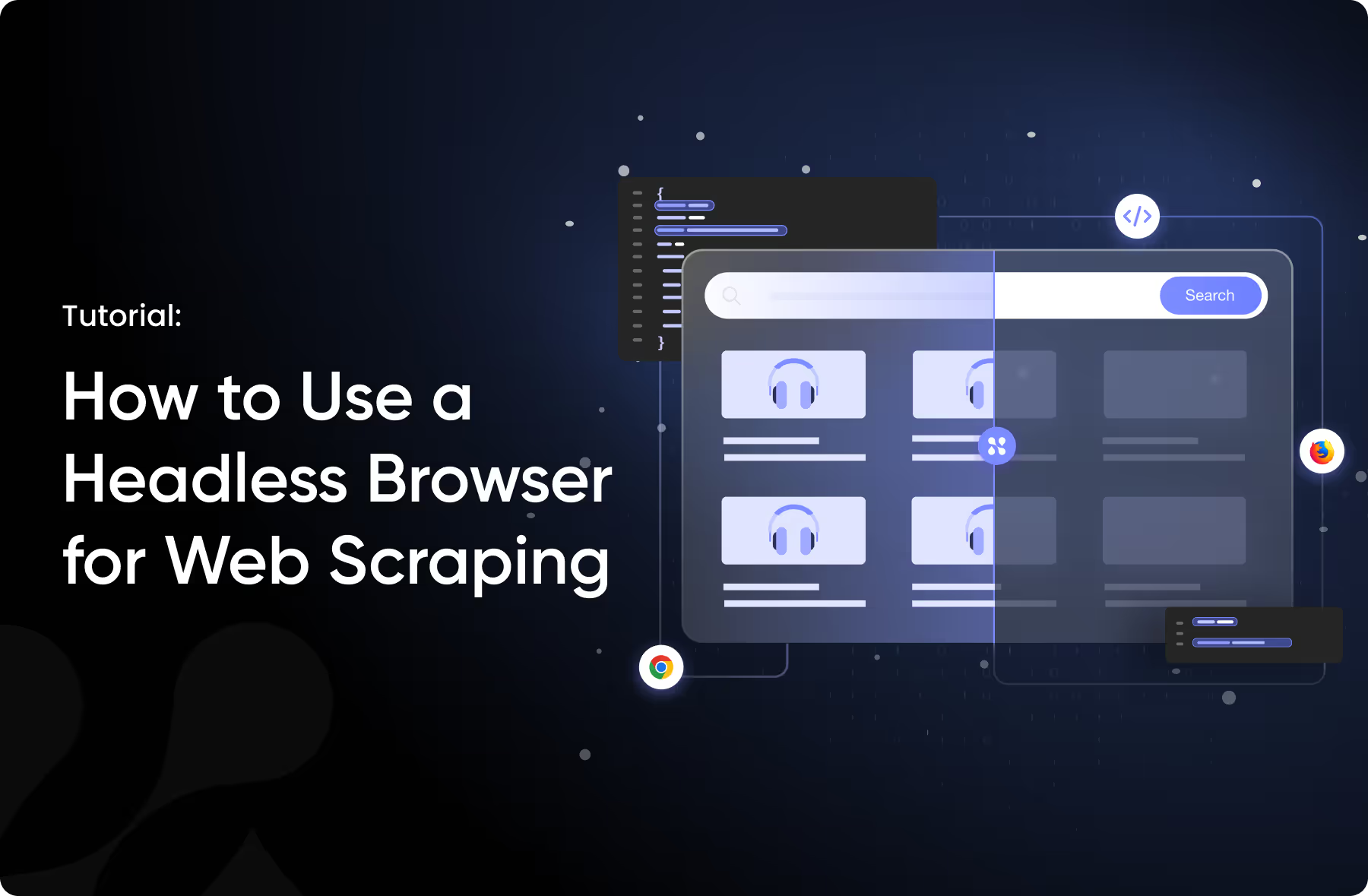



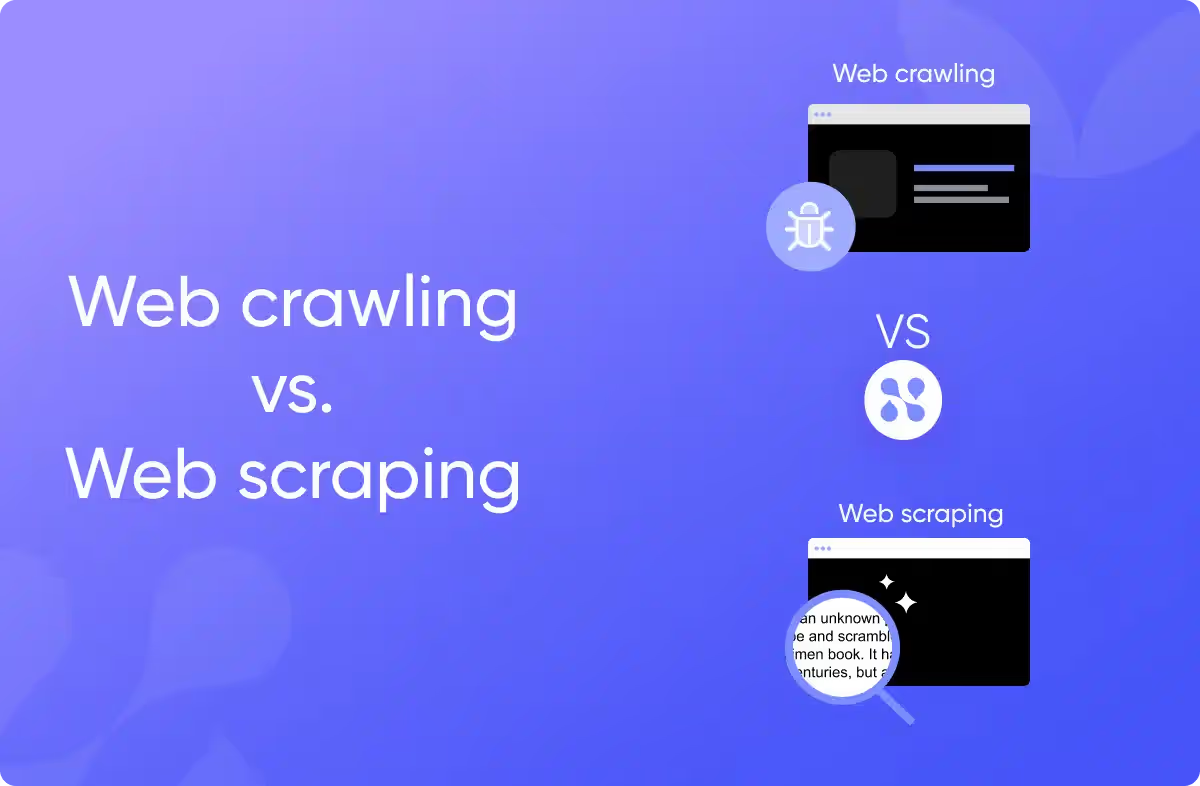


.avif)
